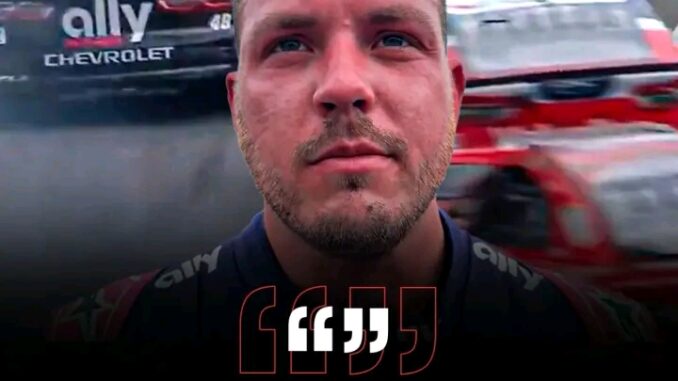
Alex Bowman didn’t understand Bubba Wallace—his rhythm, his aggression, his intent—and that misunderstanding led to consequences neither driver wanted. In NASCAR, misjudging another driver’s mindset can be just as costly as a mechanical failure.
During the race, Bowman misread Wallace’s move as overly aggressive rather than strategic. Tension had been building for laps as Wallace pushed forward with determination, his car darting into gaps with a confidence that demanded respect. But Bowman, focused on holding his position, interpreted it differently.
Instead of adapting or yielding slightly to Wallace’s line, Bowman chose to defend hard—too hard. In doing so, he clipped Wallace’s car just enough to send him into a spin, ultimately forcing Wallace into an unscheduled pit stop and derailing his race.
To spectators, it might’ve looked like another racing incident, but in the garage, these moments resonate deeper. Drivers spend hours studying each other’s patterns, tendencies, and signals. Understanding your rival can be the difference between clean competition and costly conflict.
Wallace, clearly frustrated, voiced his anger over the radio. Bowman, meanwhile, realized—perhaps too late—that what he thought was reckless aggression from Wallace was actually calculated, confident driving. The miscommunication on the track wasn’t born of malice, but from a lack of insight. In motorsports, that’s enough to change a race’s outcome.
Bowman’s lesson? In NASCAR, understanding your competitor isn’t just about avoiding crashes—it’s about respect, awareness, and knowing when to let someone race their race.
Leave a Reply